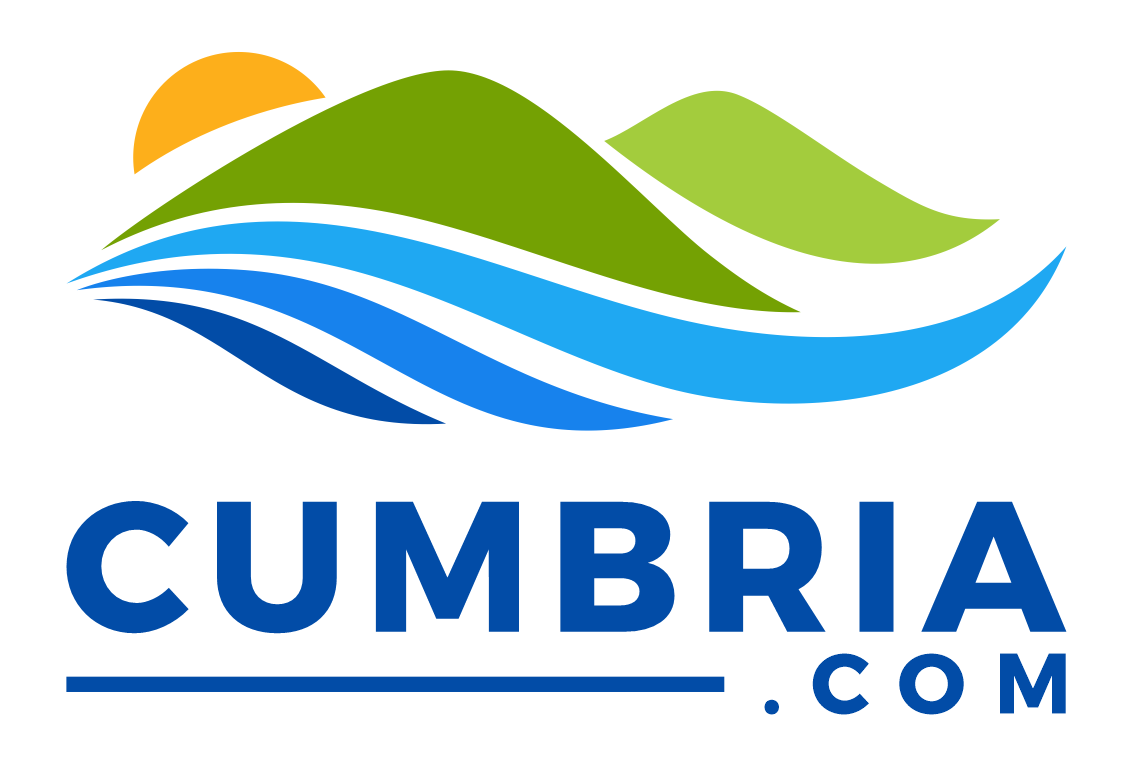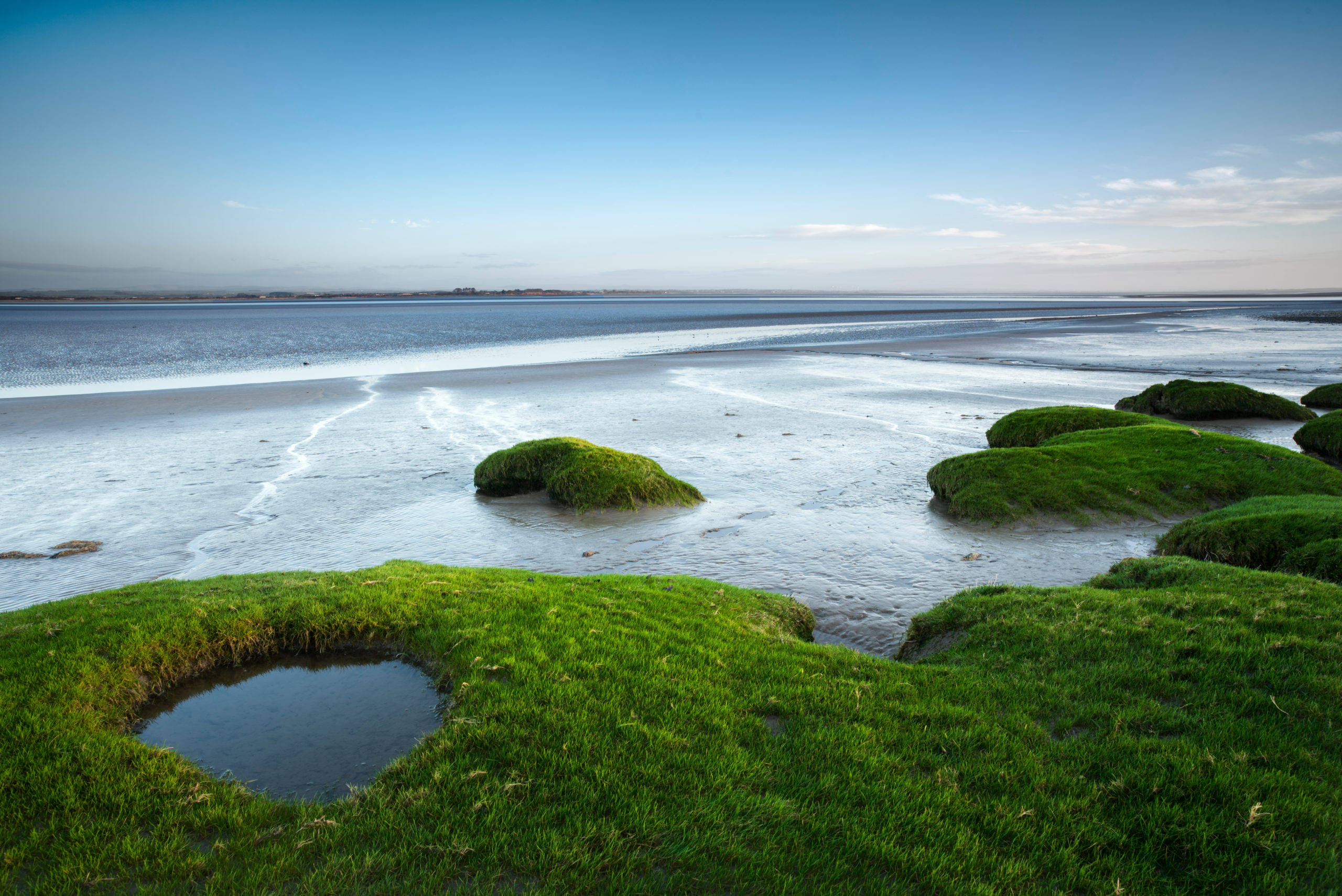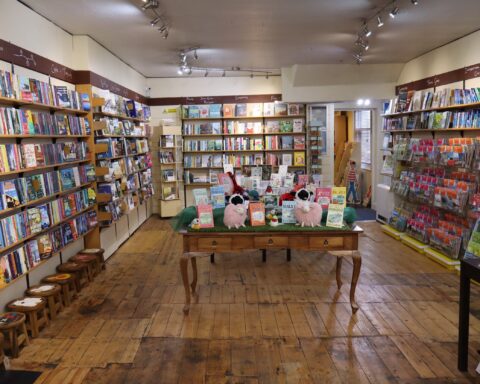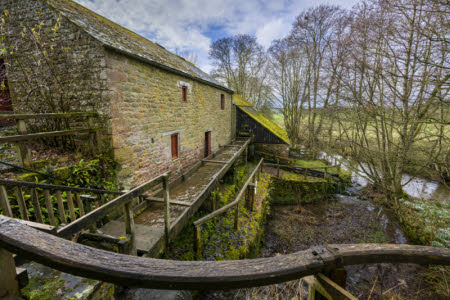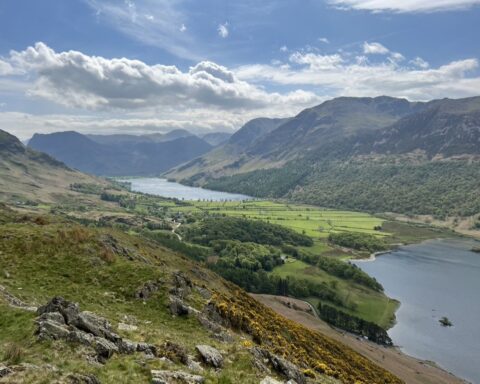Beyond the Lake District lies the border country – England’s border with Scotland and, nearly 2,000 years ago, the north-western boundary of the Roman Empire. This area is dripping with history; a place where archaeologists are constantly stumbling across fascinating discoveries.
Carlisle, with a population of about 70,000, is Cumbria’s largest settlement and its only city. The Romans established Luguvalium here in about 72AD, and later, when Hadrian’s Wall was built, it crossed the River Eden at Carlisle. Little evidence of the Roman occupation now remains, but the city’s often bloody history is brought to fascinating life in Tullie House Museum and Art Gallery. This award-winning attraction is located opposite the 12th-century castle and just around the corner from the small but perfectly formed cathedral, built from red sandstone in 1122.
Several long-distance walking and cycle routes either pass through or end at Carlisle. These include the Reivers Cycle Route, Hadrian’s Cycleway, the Cumbria Way, the Settle to Carlisle Way, and the popular Hadrian’s Wall Path National Trail. The latter visits several of north Cumbria’s most important Roman sites, including the remains of a bridge over the River Irthing at Willowford and a fort at Birdoswald, next to the longest continuous stretch of Hadrian’s Wall still standing. Other important Roman remains, including Vindolanda, Housesteads Fort and the eye-catching, roller-coaster section of wall along Steel Rigg ridge are just a few miles further east in Northumberland.
Other nearby attractions that are well worth a visit include Lanercost Priory, which effectively became the temporary capital of England when King Edward I was fighting his border wars at the beginning of the 14th century; and Geltsdale, one of the RSPB’s largest nature reserves and a place that’s home to various upland waders, hen harriers and black grouse – some of England’s most endangered bird species.
To the west of Carlisle, you’ll find the Solway Coast Area of Outstanding Natural Beauty, much loved by bird-watchers and other wildlife enthusiasts who come for its seemingly endless beaches with views of the Scottish hills, the raised bogs of the South Solway Mosses and the wide, open spaces of its estuarine salt marshes. Visit during the autumn to witness the amazing sight and sound of tens of thousands of geese and swans descending on the marshes from the Arctic for the winter.
